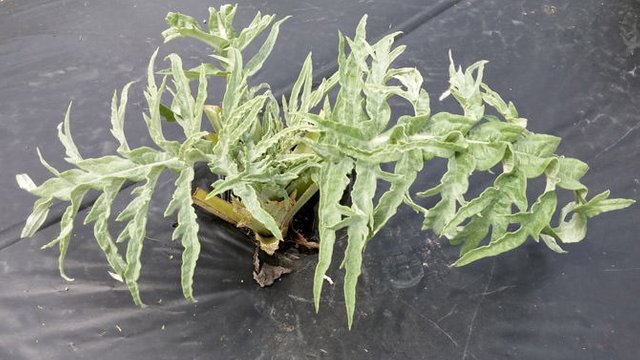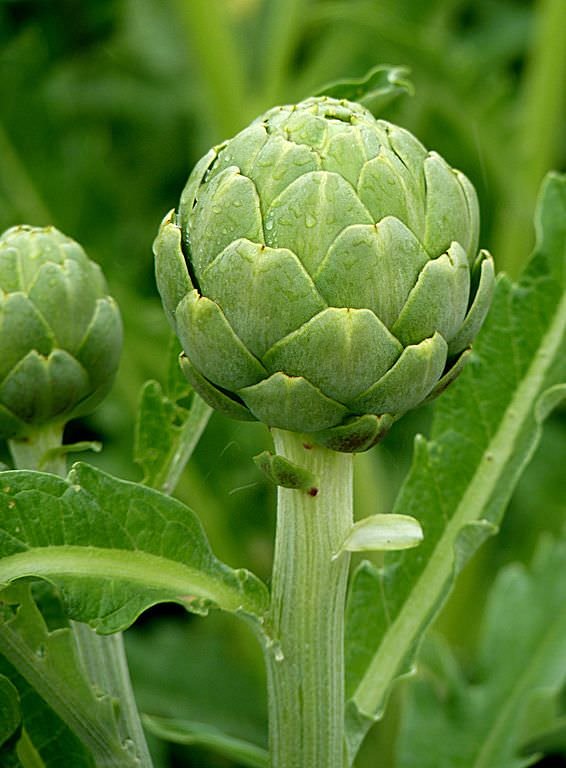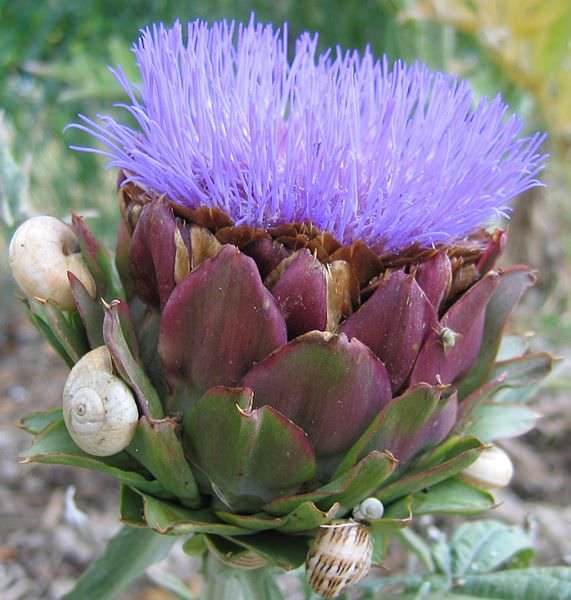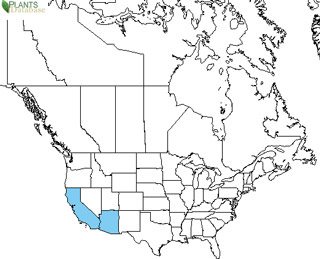Getting to Know Herbs: Globe Artichoke
Native to the Mediterranean basin, artichoke has been used for it choleretic and diuretic properties since Ancient Roman times. Traditionally, artichoke was used to treat all types of liver problems and to stimulate liver functions.
Artichoke is choleretic, cholesterol-lowering, aperient and a liver tonic. It's a stimulant, increases bile production and recommended for congestion, nausea and an engorged liver.
An infusion made from artichoke is very bitter, with a tincture being preferable. To make the tincture, the plant's leaves are picked before the flower bud matures.

Photo by @krnel
THe scientific name is Cynara cardunculus var. scolymus. It's also known as Alcachofa, Alcaucil, ALE, Artichaut, Artichaut Commun, Artichoke Extract, Artichoke Fruit, Artichoke Leaf, Artichoke Leaf Extract, Artischocke, Cardo, Cardo de Comer, Cardon d'Espagne, Cardoon, Cynara, Cynara cardunculus, Cynara scolymus, Garden Artichoke, Gemuseartischocke, Globe Artichoke, Kardone, Tyosen-Azami.

wikimedia

wikimedia
Globe artichoke is not the Jerusalem artichoke (Helianthus tuberosus). Artichoke is a perennial that belongs to the sunflower family (Asteraceae).
Key Points
- common food source for thousands of years
- important medicinal use for liver and bladder issues
- bitter tasting leaves use for medicinal purposes
- native to the Mediterranean
History
Homer and Hesiod form the 8th century BC mention artichoke in gardens. The Ancient Greeks and Romans have used it as a food source. Pliny the Elder grew the plant in Carthage and Cordoba. It's found in North African excavation Roman-period Mons Claudianus in Egypt. It's use has reached from Italy to Spain in Roman times. the Dutch introduced artichoke to England in the 16th century.
Where is it found?
It's native the Mediterranean area, but has been introduced into the southern US and can be grown elsewhere where it hasn't spread into the wild like those of temperate and subtropical climates such as France, Italy, Spain, Belgium, California and South Africa. It can be propagated by seed or better yet by cuttings from the rootstock.
What's it used for?
All but the roots have been used as a source of food. The flower buds are used before the flower opens, eaten raw or cooked, but usually boiled before eating. The base of each bract leading to the flowers is eaten as artichokes hearts. Flowering stems have a sweet nutty flavor. Artichoke leaves and extracts have been used to flavor beverages.
In recent years, artichoke has become more important as a medicinal herb with the discovery of cynarin. Cynarin is a bitter tasting compound that improves live and gall bladder functions, stimulating the secretion of digestive juices like bile to the liver, and lowers blood cholesterol levels. It's also used for irritable bowel syndrome (IBS), kidney problems, anemia, fluid retention (edema), arthritis, bladder infections, and liver problems including hepatitis C.
Leaves are anticholesterolemic, antirheumatic, cholagogue, digestive, diuretic, hypoglycaemic and lithontripic. They are used to treat chronic liver and gall bladder diseases, jaundice, hepatitis, arteriosclerosis and the early stages of late-onset diabetes.
Some people have treated snakebites with artichoke, as well as preventing gallstones, lowering blood pressure, lowering blood sugar, to increase urine flow, and as a tonic or stimulant.
Are there any risks?
Eating and medicinal use for up to 23 months has been researched as safe. Some people can experience side effects like gas, upset stomach, and diarrhea. Those allergic to the Asteraceae/Compositae family of plants like ragweed, chrysanthemums, marigolds, daisies, and many others might also experience allergic reactions to artichoke due to lactones.
It might worsen bile duct obstruction by increasing bile flow. Those with bile conditions should talk with a doctor first before using. Gallstones might become worse due to the increased bile flow as well.
References:
Previous posts on Getting to Know Herbs:
Butterfly Weed / Pleurisy Root | Joe-Pye Weed / Gravel Root | Valerian | Malva/Mallow | Boneset | Elecampane | Lungwort | Cramp Bark | Motherwort | Common Plantain | Eleuthero (Siberian ginseng) | Black Cohosh | Common Bearberry | Mahonia Mountain Grape (Oregon Grape) | Blue Cohosh | Goldenseal
Thank you for your time and attention. Peace.
If you appreciate and value the content, please consider: Upvoting, Sharing or Reblogging below.
 me for more content to come!
me for more content to come!
My goal is to share knowledge, truth and moral understanding in order to help change the world for the better. If you appreciate and value what I do, please consider supporting me as a Steem Witness by voting for me at the bottom of the Witness page.


Thank you friend always fill us with necessary information to improve our health based on natural measures because as eating habits have been lost in many countries is always well received a post like yours
You're welcome, food (plants) are medicine and health.
very good, this is one I might give a shot. I had no idea artichokes were medicinal, are these the same as come in cans?
No, those are Jerusalem.
I am glad I saw your reply before I went to the grocery store! Looks like this is more of a health food store item?
I see this plants in the American cooking shows on tv... I wonder if it can be gotten in Nigeria
Posted using Partiko iOS
I think it could grow there if the soil is right ;)
I think you are Herbs specialist, your written lot of unknown post about Herbs, what are you thinking about indian Ayurvedic medicine (“Ayurveda” for short) is one of the world's oldest holistic (“whole-body”) healing systems. It was developed more than 3,000 years ago in India.
I just read and put the info out from other material. Ayurvedic medicine has some validity, maybe not all of it, I don't know.
A most beautiful plant as shown in your photo, but sadly not grown where I live. Thanks @krnel
I think it can be grown anywhere. It's just not native or introduced in many places.
Hi @krnel!
Your post was upvoted by @steem-ua, new Steem dApp, using UserAuthority for algorithmic post curation!
Your UA account score is currently 7.294 which ranks you at #65 across all Steem accounts.
Your rank has dropped 1 places in the last three days (old rank 64).
In our last Algorithmic Curation Round, consisting of 450 contributions, your post is ranked at #52.
Evaluation of your UA score:
Feel free to join our @steem-ua Discord server
Thanks for the tips ;)
nice information
Is it really?
Beautiful pictures.
I guess so... not much else to say eh...
If you would like to support the educational community by delegating to @steemiteducation, please click on any of the following links. This will ensure that more teachers are supported on a daily basis.
100SP 200SP 300SP 400SP 500SP 750SP 1000SP 2000SP 3000SP 4000SP 5000SP 10,000SP 25,000SP
Hello @krnel, thank you for sharing this creative work! We just stopped by to say that you've been upvoted by the @creativecrypto magazine. The Creative Crypto is all about art on the blockchain and learning from creatives like you. Looking forward to crossing paths again soon. Steem on!